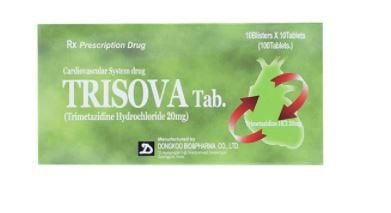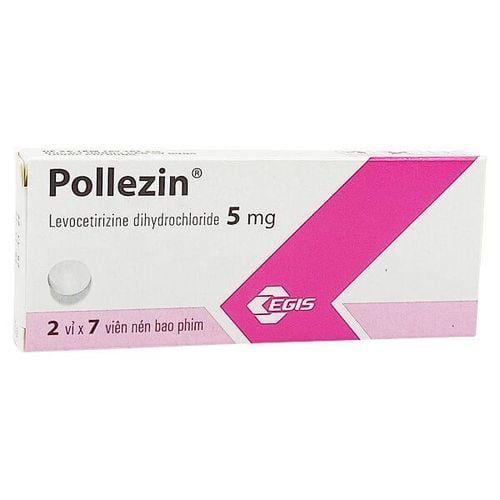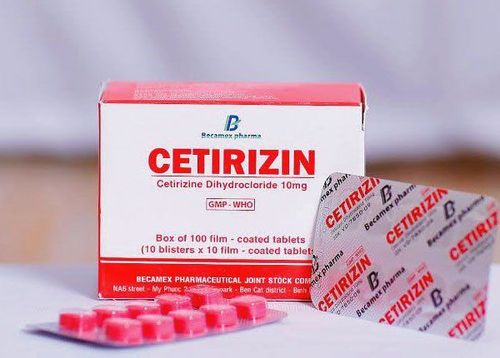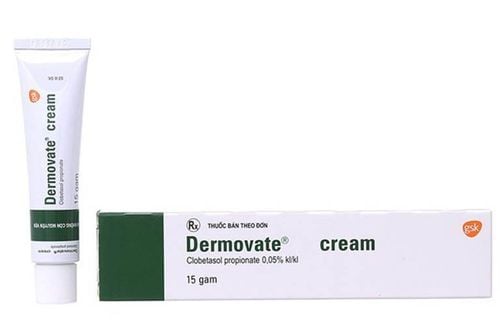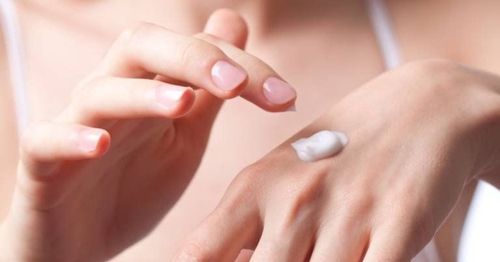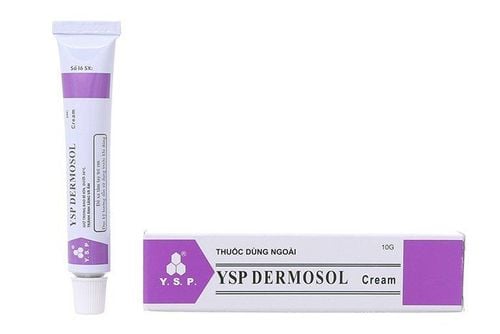This is an automatically translated article.
The article was consulted with Specialist Doctor I Le Thi Thu Hang - Dermatologist - Department of Medical Examination & Internal Medicine - Vinmec Hai Phong International General Hospital.Skin has many different diseases in terms of symptoms, pathogens and treatment methods. Some diseases have only a temporary effect, while others have long-term effects and are dangerous when complications arise. The following are skin diseases in adults.
1. Adult Shingles (Herpes Zoster)
Manifestations of the disease in the early stages are erythema on the skin, then progress to acne accompanied by pain. Shingles causes the skin to burn, tingle, or become very sensitive. Shingles can appear on any part of the body. Skin manifestations usually last 7-10 days, but nerve pain can persist for months.Although the condition is reversible, it still causes pain, numbness, and itching that can last for months, years, or even a lifetime. To treat shingles, doctors often prescribe antivirals, pain relievers, and B vitamins. In case of superinfection,
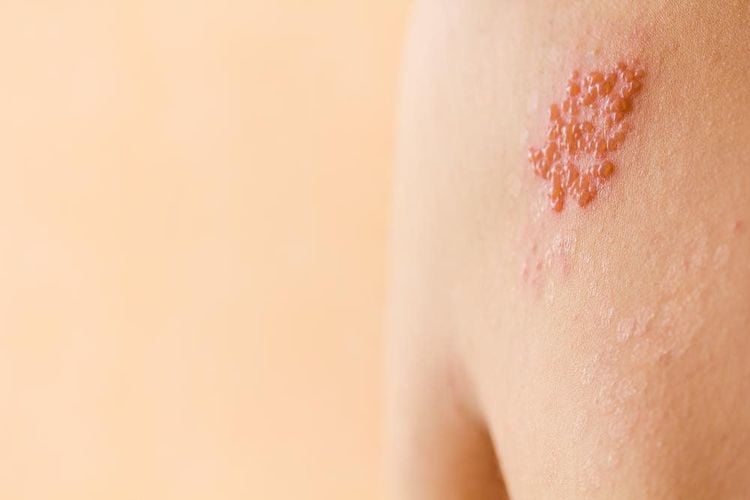
2. Rash (adult urticaria)
The rash may itch, sting, or feel like a fire ant sting. The rashes vary in size and sometimes join together to form patches. They can appear on any part of the body and spread from a few minutes to a few days.Causes include physical triggers such as high temperatures, infections such as strep throat, viral infections, and allergies to drugs, foods, and food additives. Treatment with antihistamines and skin creams may help.

3. Psoriasis
Thick, red patches of skin covered with white or silver scales are a sign of psoriasis. Psoriasis works when the immune system triggers new skin cells to grow too quickly, but the exact cause of the disease is still unknown.Plaques often appear on the scalp, elbows, knees and lower back. They can heal and come back at other times in life. Treatments include skin creams and ointments, light therapy, and oral and injected medications.
4. Eczema
Eczema is a term to describe a number of non-infectious inflammatory skin conditions. Symptoms include red, dry, and itchy skin. Eczema is inherited, and triggers and aggravating factors including stress, exposure to irritants (such as soaps), allergens, and climate can trigger flare-ups. .In adults, it usually appears on the elbows, hands, and in skin folds. Some eczema medications can be applied to the skin, and some are taken orally or injected.
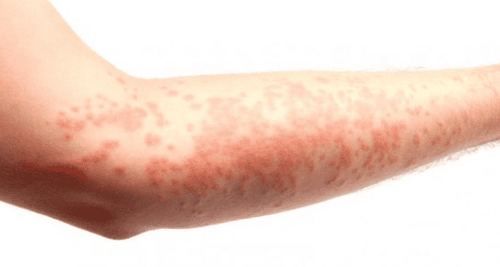
5. Rosacea
The appearance of pimples on the skin followed by redness on the nose, chin, cheeks and forehead... It can become redder over time and capillaries can be seen. The skin can become thick, goosebumps and pustules. The disease can even manifest in the eyes. It can be treated with medication orally or applied to the skin. Doctors can treat vasodilatation and red or thickened skin with lasers.6. Cold sores (fever blisters)
The herpes simplex virus causes small, painful, fluid-filled blisters on the mouth or nose. Cold sores last about 10 days and are easily spread from person to person. Triggers include fever, sun exposure, stress, and hormonal changes.You can treat cold sores with antiviral medications or creams. See your doctor if the sore is pus-filled, red spreads, feverish, or if the eye becomes irritated. It can also be treated with prescription or topical medications.
7. Rash caused by contact with plants
Exposure to an oily coating from ivy, oak, or sumac causes rashes in many people. It starts with local redness and swelling, and then becomes itchy. The blisters usually appear within 12 to 72 hours after you touch the plant. A typical rash looks like a red line and forms like scissors on the skin. The illness usually lasts up to 2 weeks.Soothe itchy plant rash: Prescription or over-the-counter medications can help soothe the itch. Your doctor will likely prescribe medication for a severe rash and antibiotics to prevent infection. Learn to detect which plants you are allergic to to avoid direct contact.
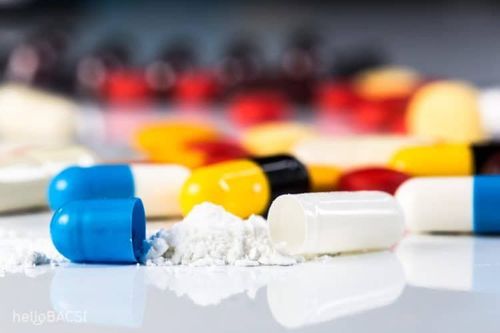
8. Razor
Razor marks stand out after you shave. This can cause irritation, breakouts, and even scarring. To minimize these razor bumps, you should take a warm shower before shaving, pull the blade in the direction of hair growth, and don't stretch the skin while you pull the razor across it. Always use shaving cream or shaving foam when shaving. Rinse with cold water, then apply moisturizer, after shaving.9. Acne
These small skin samples are flesh-colored or slightly dark in color that adheres to the skin. They are commonly found on the neck, chest, back, armpits, under the breasts, or in the groin area. Milia appear most often on women and the elderly.They are not dangerous and usually do not cause pain unless they become irritated when nearby clothing or skin rubs against them. Your doctor may cut, freeze, or burn them.
10. Acne
Acne breaks out when pores become clogged with oil and dead skin cells become inflamed. There are two types of acne: blackheads and whiteheads. Pores that open and turn dark are called blackheads. A completely clogged pore is called a whitehead.Bacteria and acne triggers are active. They usually appear on the face, chest, and back. You may also develop pustules and cysts. To help control acne, keep oily areas clean and don't pop pimples (because squeezing can cause infection and scarring).
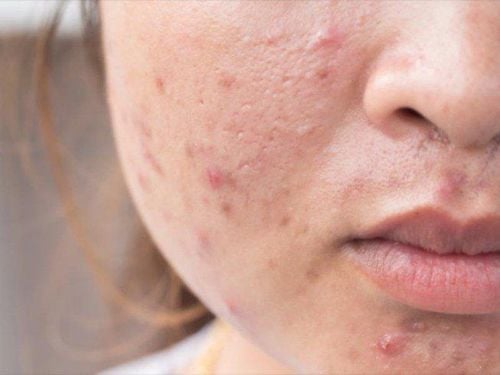
11. Tinea versicolor
Tinea capitis causes feet to peel, turn red, itch, and burn. You may also experience blisters and sores. Tinea capitis is a disease that is transmitted by direct contact. To prevent that, don't share shoes with an infected person or go barefoot in areas like locker rooms or near swimming pools.Treat with topical antifungal medication. Your doctor may prescribe medication for more serious cases. During treatment, you'll need to keep your feet and the inside of your shoes clean and dry.
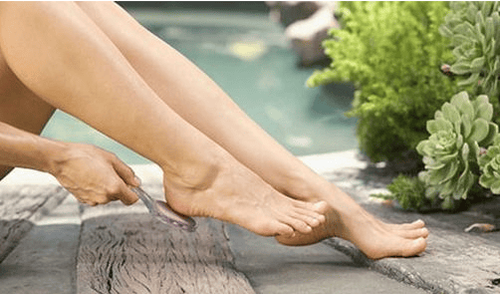
12. Mole
Moles are usually brown or black. They can be anywhere on the body. They can appear alone or in groups and usually appear before the age of 20. Some moles change slowly over the years. They can go from flat to raised, growing hair or changing color.Get your moles checked every year by a dermatologist. You should see your doctor if you notice any change in irregular contour, unusual or uneven color, bleeding, or itching.
13. Pigmentation marks of aging
These brown or gray spots are actually caused by aging and they become more common as you get older. They appear due to exposure to sunlight, which is why they tend to appear on the face, hands, and arms.You can try bleaching creams, peels and light treatments to fade them. See a dermatologist to rule out serious problems like melanoma, a type of skin cancer.
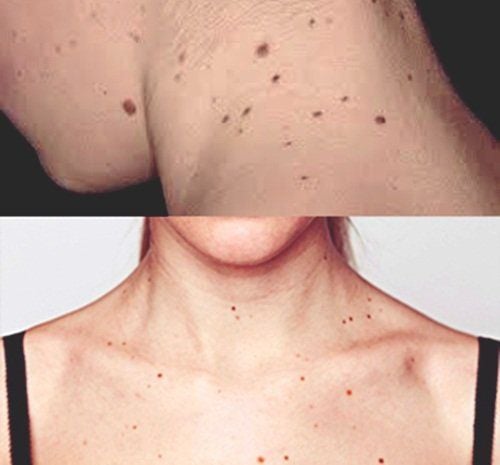
14. Pityriasis rosea
This is a harmless, pinkish scaly rash that usually begins as a single scaly pink patch with a raised border. Days to weeks later, it begins to itch and spread. The rash can spread all over the body.At present, the pathogenic mechanism is not clear. It usually goes away in 6 to 8 weeks without treatment. Pityriasis rosea usually appears between the ages of 10 and 35.
15. Melasma (“Pregnant Melasma”)
Chloasma is brown patches of skin on the cheeks, nose, forehead, and chin. It is often called "pregnancy melasma" because it occurs in half of all pregnant women. Men can also get melasma. If it doesn't go away on its own after your baby is born, you can treat it with prescription creams, over-the-counter products, or laser treatment. Sunlight makes melasma worse, so always use a sunscreen with SPF 30.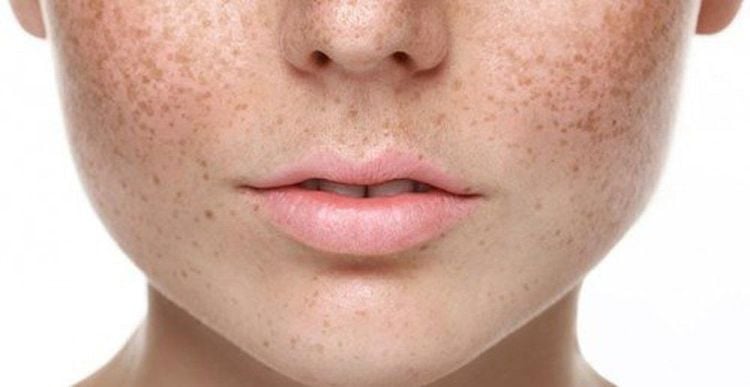
16. Warts
In most cases, common warts appear on fingers or hands. They are caused by the human papilloma virus. Warts are spread when you touch something used by someone who has the virus. To prevent more warts, it is advisable to treat them early and avoid cutting yourself at home.They are usually harmless and painless. You can treat them with topical medications, or your doctor can freeze or burn them. More advanced removal techniques include surgery, lasers, and chemicals.
17. Thick horny oily skin
Seborrheic keratosis is one of the manifestations of skin aging. They can appear on multiple areas of the skin in groups or singly. They can be dark or multicolored, and often have a rough surface.You don't need treatment unless it's irritating or you don't like it on your skin. They are easy to mistake for moles or skin cancer, but a dermatologist can tell the difference between them.
Please dial HOTLINE for more information or register for an appointment HERE. Download MyVinmec app to make appointments faster and to manage your bookings easily.
Article reference source: webmd.com




